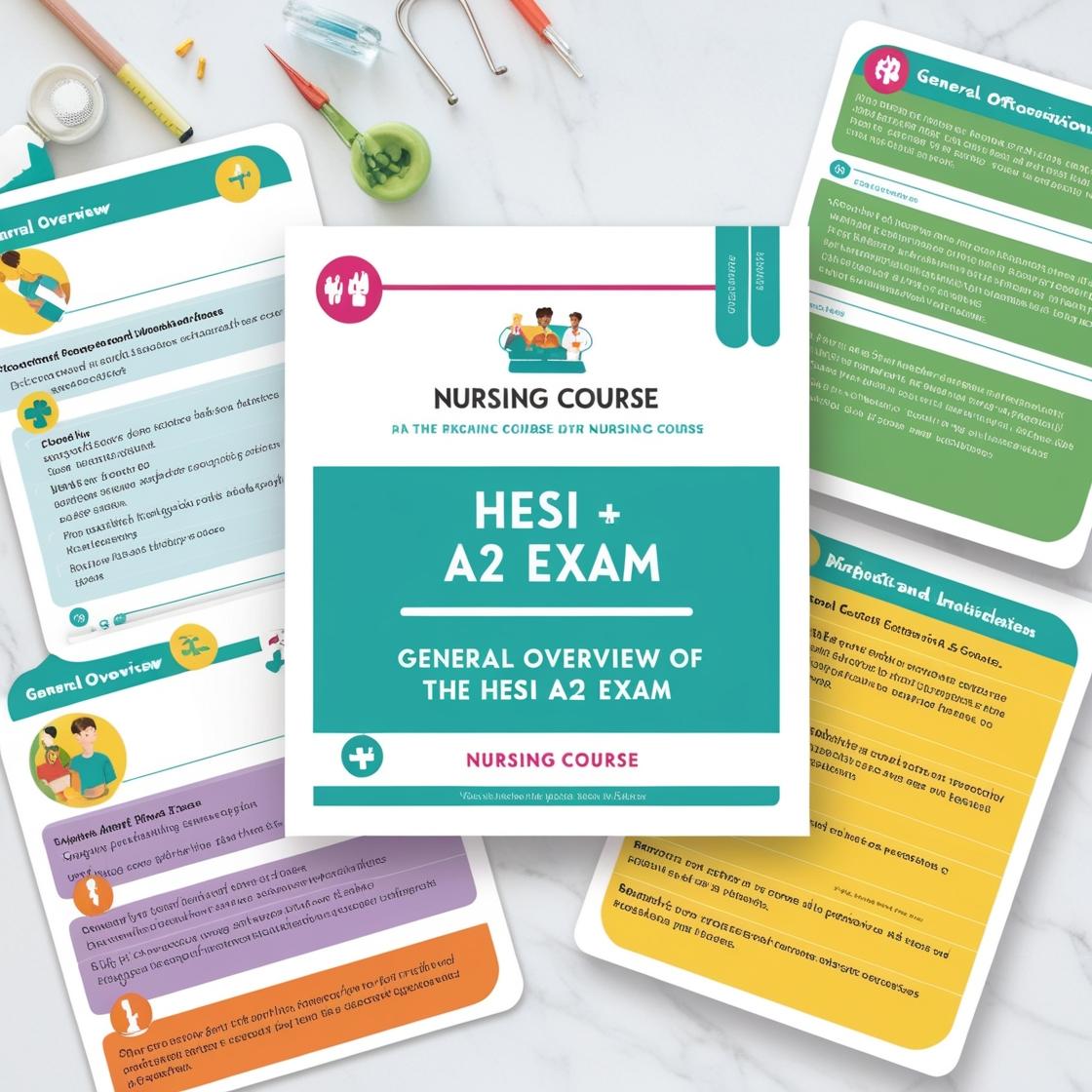HESI A2
HESI A2 Anatomy and Physiology Quizlet 2024
1. Which of the following structures has the lowest blood pressure?
- A. arteries
- B. arterioles
- C. venules
- D. veins
Correct answer: D
Rationale: Veins have the lowest blood pressure among the listed structures. This is because veins carry blood back to the heart at a slower rate compared to arteries, arterioles, and venules. The lower blood pressure in veins allows for the efficient return of blood to the heart despite the decreased pressure. Arteries have high blood pressure as they transport blood away from the heart at a rapid rate. Arterioles are smaller branches of arteries and contribute to resistance in the circulatory system, leading to a pressure drop. Venules are small blood vessels that collect blood from capillaries and gradually converge into veins, having slightly higher pressure than veins.
2. Which neurotransmitter controls sleep, mood, and appetite?
- A. Serotonin
- B. Oxytocin
- C. Cortisol
- D. Aldosterone
Correct answer: A
Rationale: Serotonin is the correct answer. It is a neurotransmitter that plays a crucial role in regulating mood, sleep, and appetite. Serotonin functions to stabilize and control these physiological processes in the brain and body. Imbalances in serotonin levels are commonly linked to conditions like depression, anxiety, and eating disorders. Oxytocin (Choice B) is more associated with social bonding and childbirth. Cortisol (Choice C) is a stress hormone, and while it can influence mood and appetite in response to stress, it is not primarily responsible for regulating these functions. Aldosterone (Choice D) is a hormone that regulates electrolyte balance and blood pressure, not mood, sleep, and appetite.
3. The corpus callosum facilitates communication between which brain structures?
- A. the left and right brain
- B. the skeletal and neural systems
- C. the brain and spinal cord
- D. the thalamus and hypothalamus
Correct answer: A
Rationale: The corpus callosum is a structure in the brain that enables communication between the two hemispheres. It allows for the transfer of various types of information, such as motor, sensory, and cognitive, between the left and right brain hemispheres, aiding in overall brain function and integration of tasks. Choices B, C, and D are incorrect as they do not involve the specific brain structures connected by the corpus callosum.
4. How do the intercostal muscles between the ribs assist with respiration?
- A. By protecting the delicate bronchioles and alveoli
- B. By signaling a decrease in intra-alveolar pressure
- C. By enlarging and reducing the space in the thorax
- D. By maintaining a medial separation between pleurae
Correct answer: C
Rationale: The intercostal muscles located between the ribs play a crucial role in respiration by aiding in the enlargement and reduction of the space in the thorax. During inspiration, these muscles contract, lifting the rib cage, which increases the volume of the thoracic cavity and allows the lungs to expand and fill with air. This process directly relates to the expansion of the thorax rather than protecting bronchioles and alveoli (Choice A), signaling intra-alveolar pressure changes (Choice B), or maintaining the separation between pleurae (Choice D). Therefore, the correct answer is C.
5. What is true about caloric intake for the average person?
- A. It should increase with age.
- B. It should decline and then increase with age.
- C. It should decline with age.
- D. It should remain constant over a lifetime.
Correct answer: C
Rationale: Caloric intake for the average person typically declines with age due to factors such as changes in metabolism, muscle mass, and physical activity levels. As people age, their metabolism tends to slow down, and they may also experience a decrease in muscle mass and physical activity, leading to a reduced need for calories. Option A is incorrect because caloric intake generally decreases rather than increases with age. Option B is incorrect as it suggests a fluctuation in caloric intake that is not typically seen. Option D is incorrect as caloric needs usually change over a person's lifetime due to various factors.
Similar Questions

Access More Features
HESI A2 Basic
$89/ 30 days
- 3,000 Questions with answers
- 30 days access @ $89
HESI A2 Premium
$129.99/ 90 days
- Actual HESI A 2 Questions
- 3,000 questions with answers
- 90 days access @ $129.99
